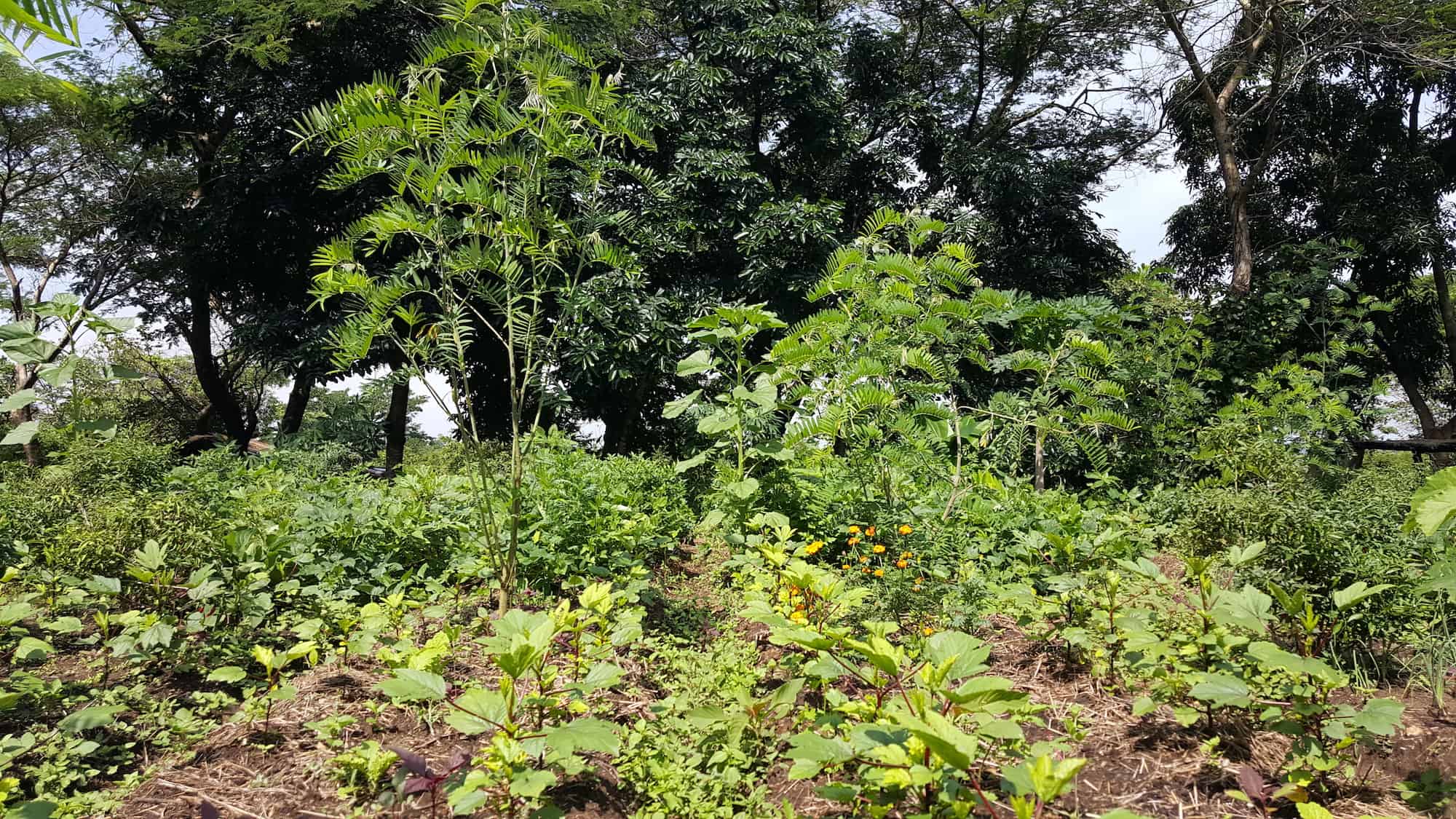Forest Gardens and Their Benefits
Every person in the world relies on agriculture to survive. No matter the geography, climate, or economics, all human beings depend on the growing, gathering, and dissemination of food. However, what that process looks like varies greatly from person to person.
Industrial agriculture and monocrop production are often touted as the best ways to feed a growing global population. Yet, science shows that they are leading causes of climate change and contributors to malnutrition. In contrast, smallholder farmers produce the majority of food consumed on the planet today — 70%. While big agriculture companies, urban expansion, and a warming planet have changed the face of agriculture for smallholder farmers, a viable solution is proving effective in reclaiming degraded land, improving biodiversity, and mitigating climate change. The answer is Forest Gardens.
The Power of Forest Gardens
By planting specific types of fast-growing trees, fruit trees, hardwoods, and food crops in a systematic manner over a four-year period, families can positively change their lives forever. Forest Gardens consist of thousands of trees that provide families with sustainable food sources, livestock feed, and products to sell. Furthermore, they ensure sustainable fuelwood and, on average, lead to a 400% increase in annual income within four years.
Nonprofit Trees for the Future bases it’s work in the Forest Garden Approach, advocating strongly for its adoption around the world. Trees for the Future trains farmers in Sub-Saharan Africa to reclaim their degraded lands by planting Forest Gardens. By the end of the four-year program, farmers, on average, have 58+ species of trees on their land and produce 12+ varieties of vegetables, beneficial insects return to the area, and water is actively cycling from well pumps through soil to root systems and back again.
Forest Gardens are exceptionally resilient and reliable and Trees for the Future isn’t alone in using this approach. Forest Gardens come in all shapes and sizes and are effectively helping communities around the globe.
Take a look at our top 7 Forest Gardens from around the world
7 – Forest Gardens Supplement Mexican Coffee Bean Farms
Let’s first journey to Mexico to see how farmers introduced Forest Garden practices to absorb the blow of periodic low yields from coffee crops. A study on this Coffee Forest Garden found it played a “vital role in supporting farmers’ livelihoods… The coffee grain is intercropped with tropical fruits, timber, firewood and medicinal plants. All of them flourish under the shadow of the trees growing in a small community of less than 10,000 people…” Read the full report here.
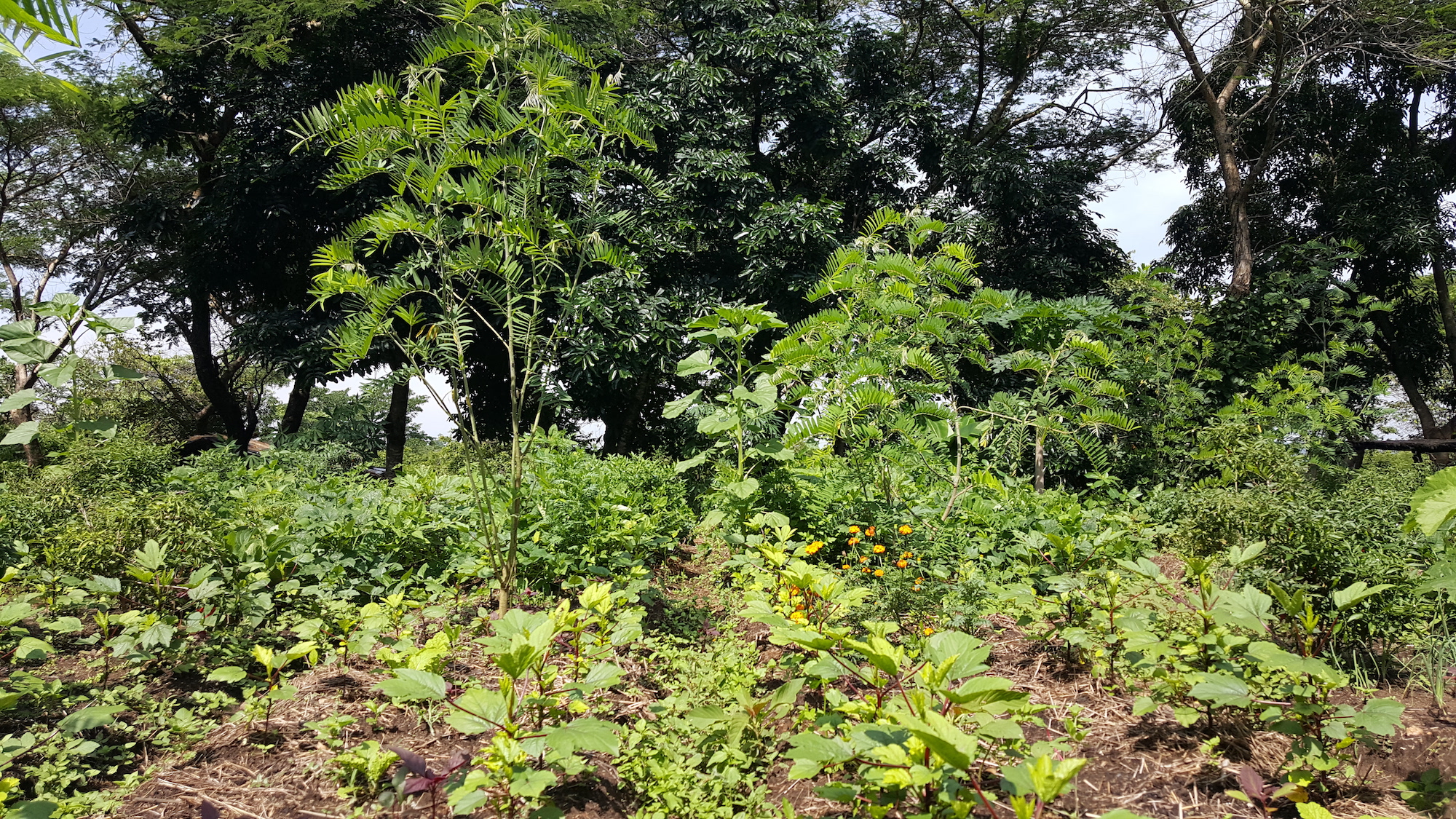
6 – A 2,000 Year Old Forest Garden
The Forest Garden Approach may not be conventional, but it is far from novel. The oldest documented Forest Garden is in Morocco, it’s been there for 2,000 years. With permaculture, the farmers who have tended the forest over centuries have transformed desert into oasis. One account of the forest lists date palms, olives, bananas, grapes, guava, mulberries, carob, and tamarind! Check out a video of it and see for yourself.
5 – New Hope Grows in a Tanzanian Forest Garden
Ramadhani Omari Magwe is a Trees for the Future Forest Garden farmer from Tanzania. Before implementing agroforestry and the Forest Garden Approach, Ramadhani broadcast seeds across his soil and hoped for the best. The result was wasted and unused land. Today, he’s thoughtful about how he plants and his crops and livelihood have never been better. With training from Trees for the Future, Ramadhani established a living fence around his land, and utilized a nursery to ensure success of his seedlings. He places his seedlings in well-spaced rows, and intercrops with trees. Ramadhani even joined a farmer group, where he gets support and shares ideas with others. Together, they’ve built a larger nursery and spend time helping one another.
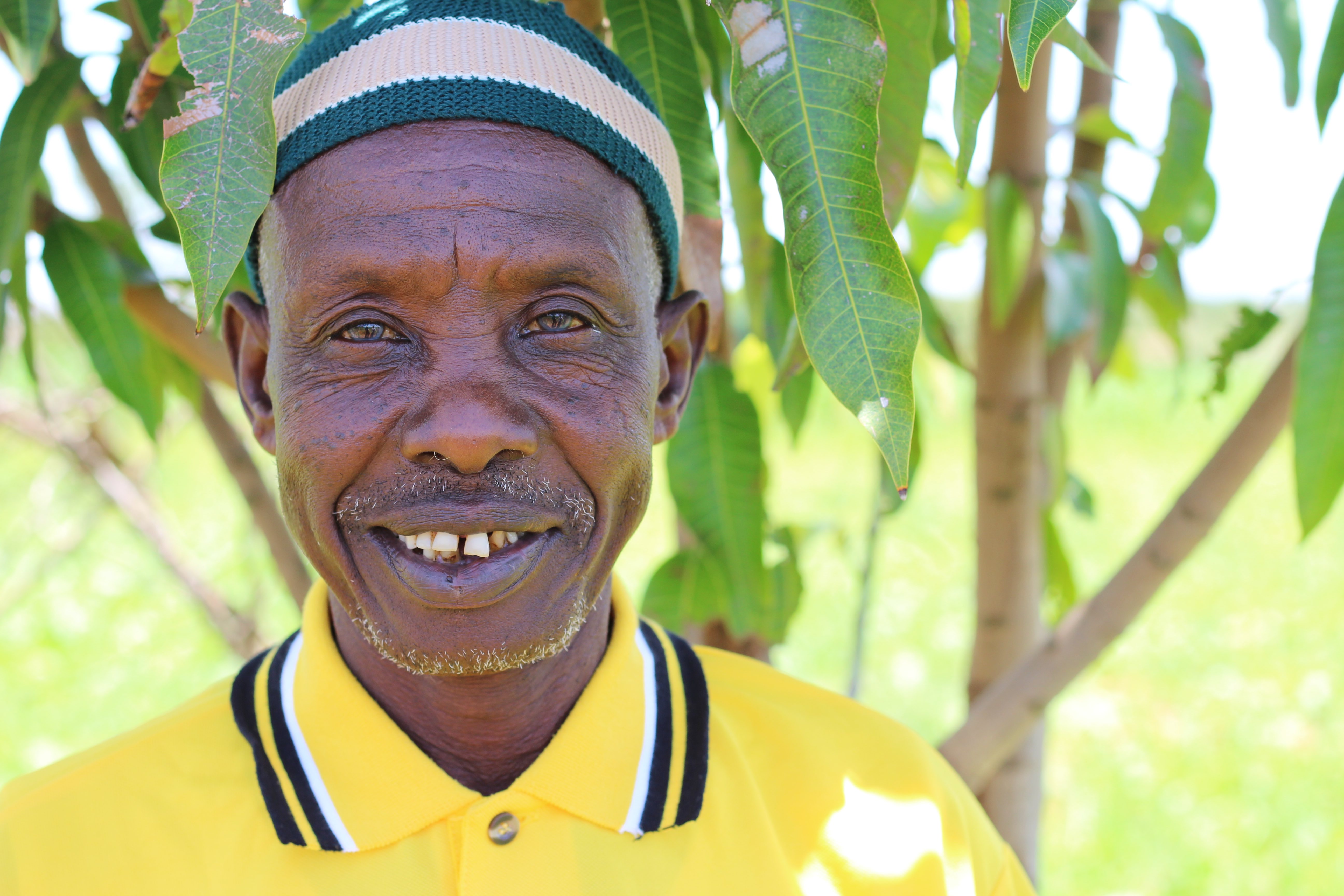
4 – A Colorado Gem
The Forest Gardens at the Central Rocky Mountain Permaculture Institute stand in stark contrast to the monocrop grain fields that pave much of the United States Midwest and West and that’s why we like them so much! “These gardens have transformed the character of the landscape, forming a lush and vibrant jungle of growth that provides food, medicine and animal fodder,” reads one account of CRMPI’s gardens. You can visit the gardens as a guest or volunteer, check it out!
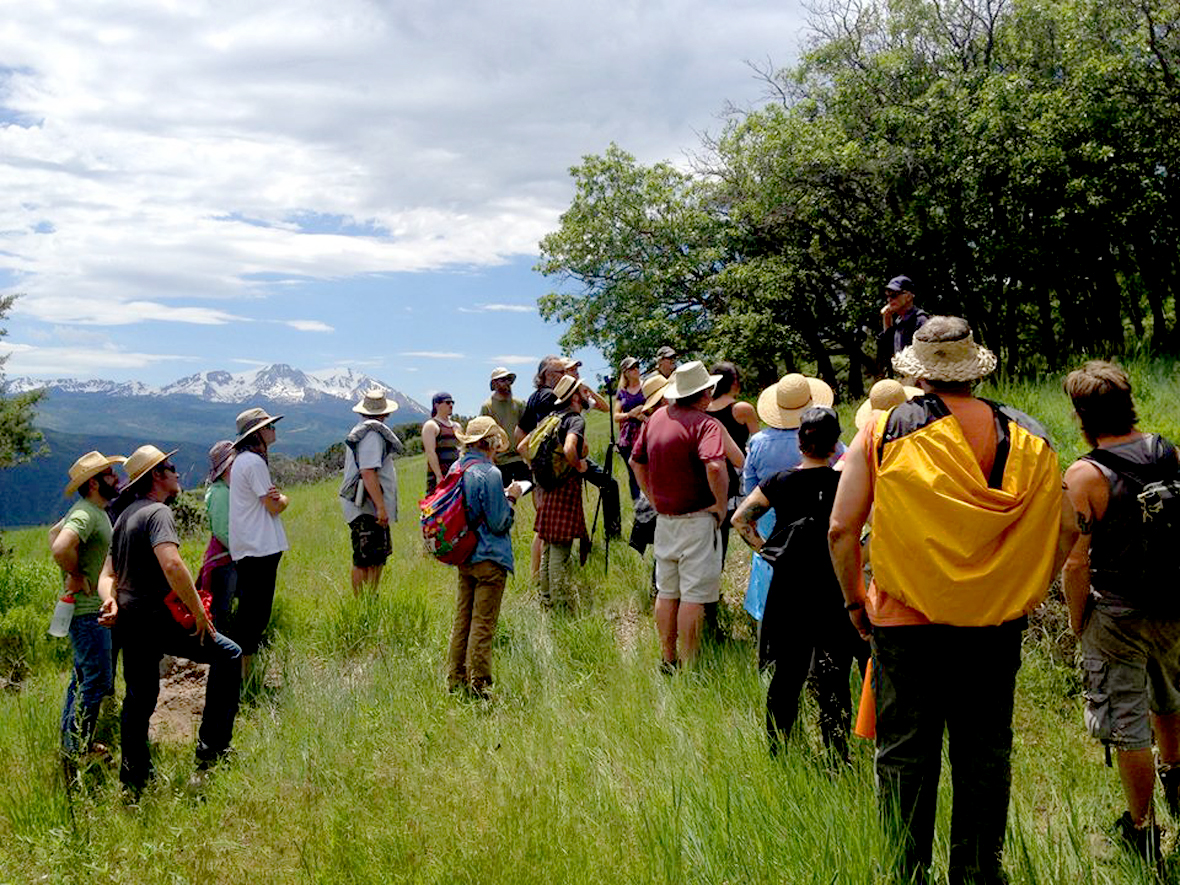
3 – A Glimpse of a Mayan Forest Garden
Even the Mayans were Forest Gardeners! Get a glimpse of what a Mayan Forest Garden may have looked like through Belize Forest Garden farmer Don Berto’s garden. “Endearingly referred to as “The Old Man” by locals, Don Berto once cleared his land of native vegetation and planted palm trees in its place. He soon found himself begging his neighbors for the native plants that he depended on, both for food and medicine.” You can even go on tours of Don Berto’s Forest Garden and Medicine Trail!
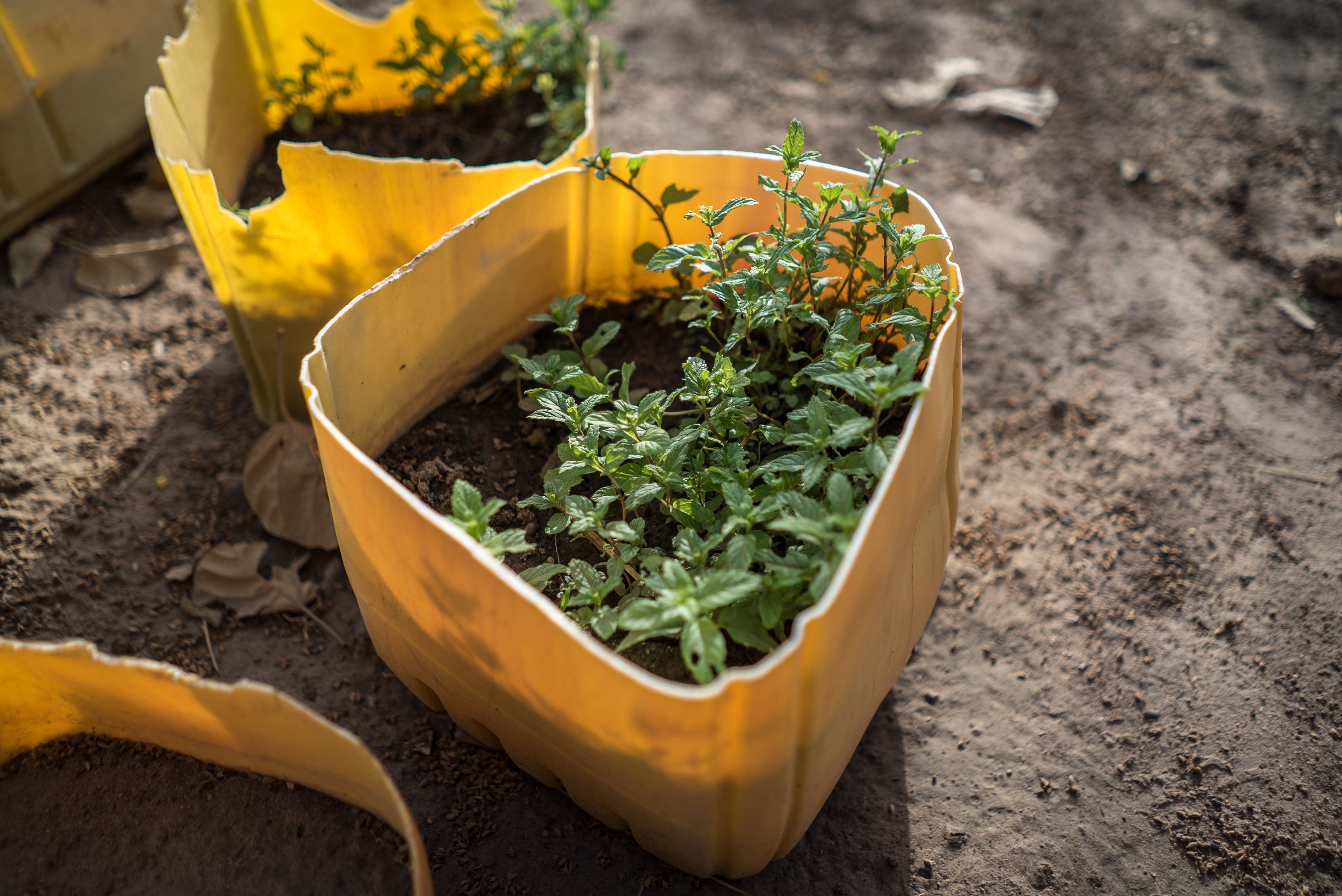
2 – A Forest Garden Pioneer
Martin Crawford’s Forest Garden in England is one of the most recognized Forest Gardens in the world. He’s been honing his forest gardening skills since the 90s. “By having a very diverse system, whatever happens to the weather, most of your crops will do fine. Some may fail, some may do better. That’s very important going into the future. By having a diverse system, it gives you maximum resilience,” he says. See his garden in this National Geographic video.
1 – A Model Forest Garden Farmer
Senegalese farmer Gueye Cisse is a model Forest Garden farmer. Gueye has seen tremendous success in her Forest Garden in a few short years and is preparing to start her second garden this year. “How has the forest garden been useful to me? Ah, thanks God. The gardens take care of our needs,” she says. Gueye wake up at four in the morning to weed and water her garden where she grows lettuce, mint, cabbage, eggplant, bitter tomato, and onion. She then heads to the market where she is able to make enough money to provide for her family. Take a look at Gueye’s Forest Garden in this short video.
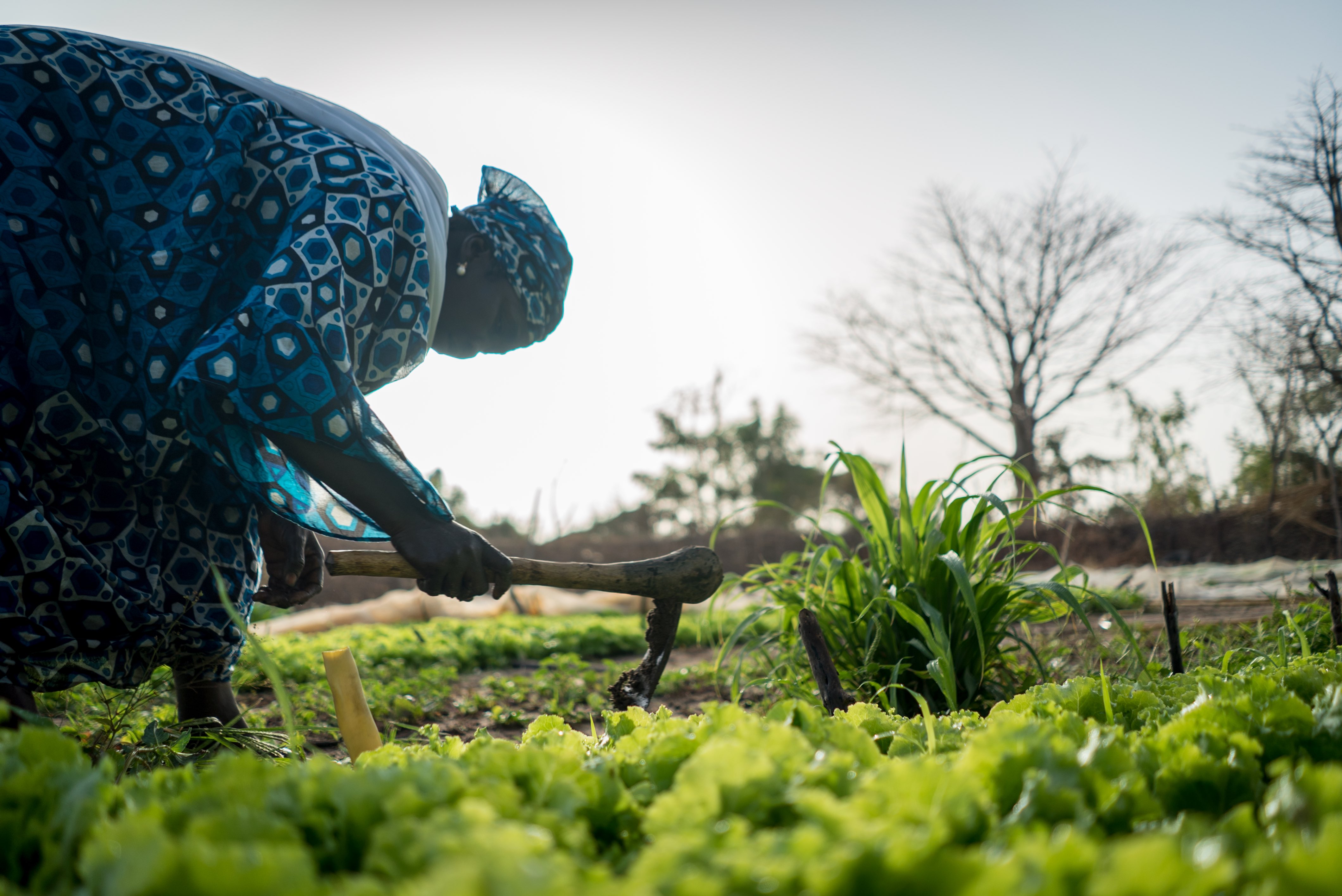
Interested in growing your own Forest Garden or want to help smallholder farmers implement the Forest Garden Approach? Learn more about Trees for the Future’s efforts and strategy at the Forest Garden Training Center. Make sure to visit trees.org to find ways to get involved and find more outstanding Forest Gardens!
